Smart light switches are an essential part of any modern smart home. These innovative devices allow you to control your lights remotely using apps, voice assistants, or automation routines. Unlike traditional switches, smart switches often come with features like dimming, scheduling, and integration with systems like Alexa, Google Assistant, or Apple HomeKit.
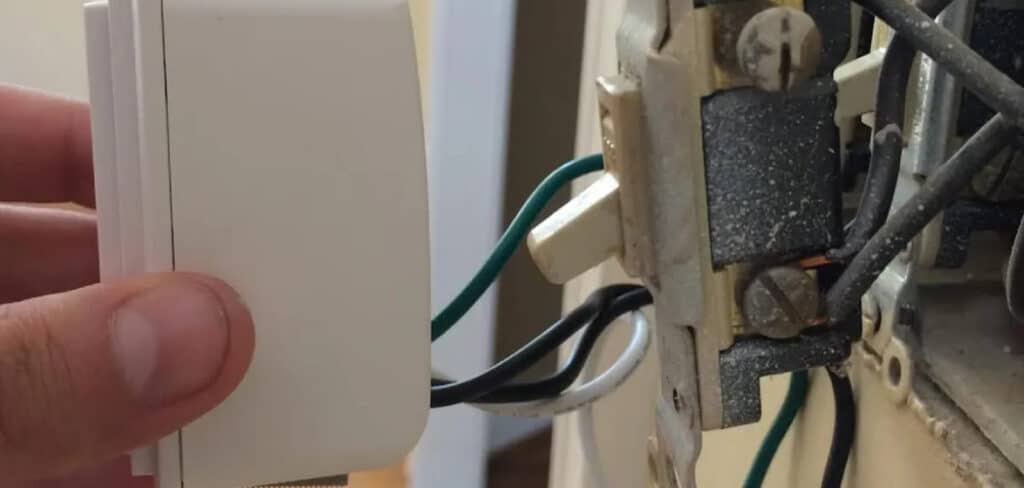
Most smart switches require a neutral wire to function properly because they need a continuous flow of electricity—even when the light is off—to power their wireless communication. However, many older homes were built without neutral wires at the switch box, presenting a unique challenge for smart switch installation.
Luckily, there are several ways to install a smart light switch even if your home lacks a neutral wire. In this article, we’ll walk you through everything you need to know, from understanding how to install a smart light switch without neutral to step-by-step instructions, safety tips, and troubleshooting advice. Let’s get started.
Overview of Available Solutions for Installing a Smart Switch Without a Neutral
- No-neutral compatible smart switches
- Switches that use a capacitor or bypass module
- Smart bulbs as an alternative
- Hub-based systems
- Professional rewiring for adding a neutral wire
Safety Precautions Before Working with Electrical Wiring
- Always turn off power at the circuit breaker before handling wires.
- Use a voltage tester to confirm power is off.
- If you’re unsure about any step, consult a licensed electrician.
- Avoid working with wet hands or in damp conditions.
Understanding the Role of a Neutral Wire in Smart Switches
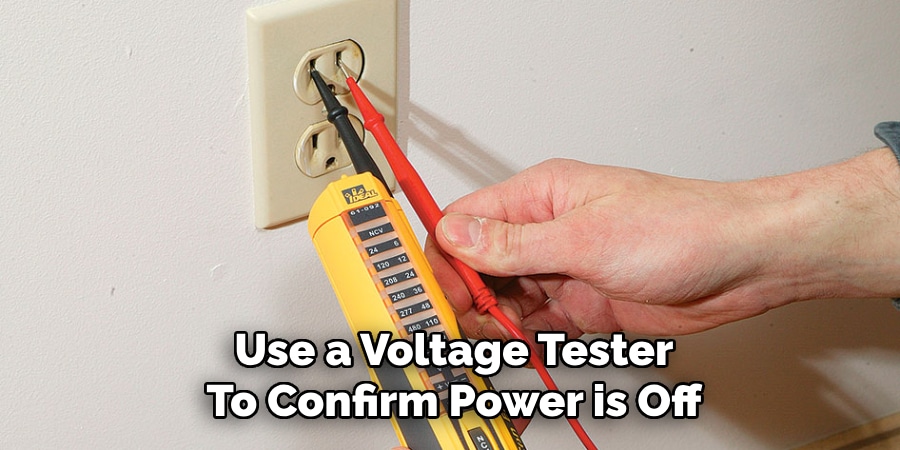
1. What is a Neutral Wire?
In a standard electrical system, current flows from the hot wire (black or red) to the load (light fixture), then returns to the panel through the neutral wire (white). This completes the electrical circuit.
Smart switches need to stay powered at all times to communicate with your phone or smart hub. The neutral wire provides a continuous flow of electricity, even when the light is off, which is essential for the switch to operate.
2. Why Some Homes Don’t Have a Neutral Wire
Many homes built before the 1980s use a “switch loop” wiring configuration, where power goes directly to the light fixture, and only the hot wire runs to the switch. In this case, there’s no neutral wire in the switch box.
You can check your switch box by removing the cover and looking for a bundle of white wires capped together. If it’s missing, you likely don’t have a neutral wire.
3. Challenges of Installing a Smart Switch Without a Neutral
Without a neutral wire, smart switches may:
- Fail to power on or lose connectivity
- Not work with LED/CFL bulbs (due to low wattage)
- Limit your choice of smart switch models
- Cause flickering or dimming issues
Tools and Materials Required
Tools:
- Voltage tester
- Flathead and Phillips screwdrivers
- Wire strippers
- Needle-nose pliers
- Electrical tape
- Stud finder
Materials:
- Smart light switch
- Smart switch adapter or hub
- Capacitor or bypass module
Wire nuts
Having the right tools and materials on hand can save you time and prevent electrical mishaps.
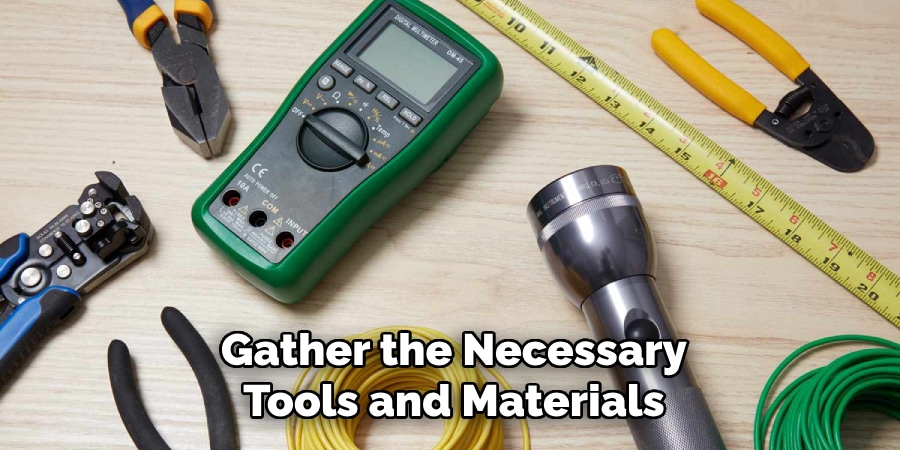
Choosing the Right Smart Light Switch Without a Neutral
1. Types of Smart Switches for No-Neutral Installations
- Dimmer-based smart switches: Some dimmers operate without a neutral wire.
Smart switches with built-in capacitors: Designed to work with low-power lighting. - Bridge-based or hub-based solutions: Use a central hub to control the switch without needing constant power from a neutral wire.
2. Recommended Smart Switch Brands
- Lutron Caseta Wireless: One of the most reliable options; doesn’t require a neutral wire and works with a smart bridge.
- GE Cync Smart Switch: Offers models that work in no-neutral homes.
- Leviton Decora Smart: Some models work with a hub for no-neutral setups.
- Others: Zigbee or Z-Wave switches may offer flexible wiring support.
3. Checking Compatibility with Existing Wiring
- Verify compatibility with LED, CFL, or incandescent bulbs.
- Review the switch’s installation guide to confirm it works with no-neutral wiring.
- Some smart switches require a bypass module installed at the light fixture for proper operation.
5 Easy Steps on How to Install a Smart Light Switch Without Neutral
Step 1: Turning Off Power at the Breaker
Before beginning any electrical work, your top priority should be safety. Head to your home’s electrical panel and locate the breaker that controls the circuit for the switch you’re planning to replace. Flip the breaker to the “off” position to cut power to the area.
With the breaker off, go back to the switch and use a non-contact voltage tester to double-check that there is no power running to the wires. Carefully place the tester near each wire connected to the switch. If the tester beeps or lights up, the circuit is still live—go back and try a different breaker. Do not proceed until you are absolutely sure that the power is off.
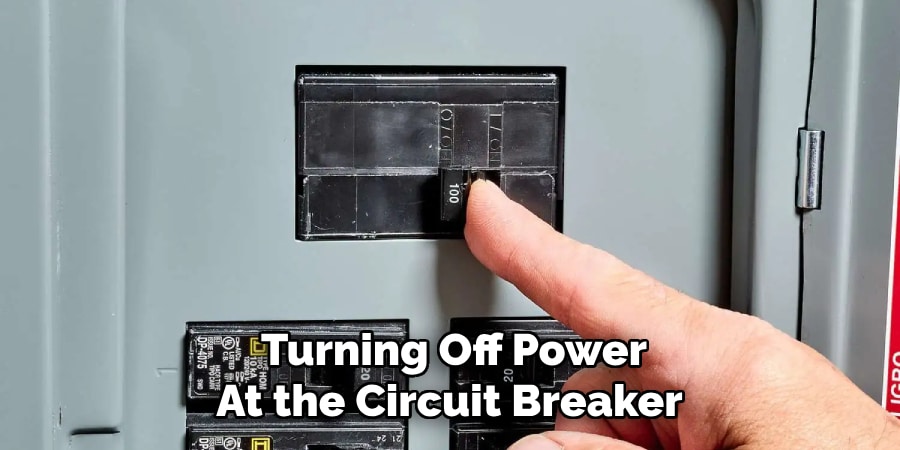
Step 2: Removing the Existing Light Switch
Once the power is confirmed off, use a flathead screwdriver to remove the wall plate from the switch. Next, use a Phillips screwdriver to unscrew the switch itself from the electrical box. Gently pull the switch outward to expose the wires inside the wall.
You’ll typically see three types of wires: the hot or live wire, which is usually black; the load wire, which might be black or red; and the ground wire, which is either bare copper or green. Before disconnecting anything, take a clear photo of the current wiring configuration. This will serve as a helpful reference when connecting the new smart switch.
Step 3: Connecting the Smart Switch Wires
With the old switch removed, it’s time to install your new smart switch. Most no-neutral smart switches come with labeled terminals or pre-attached wires for easy identification. Connect the hot wire to the terminal marked “Line” or “Hot.” Then connect the load wire to the terminal labeled “Load.”
Attach the ground wire to the terminal or screw labeled “Ground.” If your smart switch comes with a bypass capacitor, follow the manufacturer’s instructions to install it at the light fixture. Use wire nuts to tightly secure each connection, and wrap them in electrical tape for added safety.
Ensure there are no exposed copper ends. If the switch is labeled “No Neutral Required,” it is specifically designed for this type of installation.
Step 4: Mounting the Smart Switch and Restoring Power
After making all the proper connections, gently fold the wires back into the wall box. Take your time to avoid kinking or pinching any wires. Carefully insert the smart switch into the wall box and use the provided screws to secure it.
Once it’s in place, attach the wall plate to finish the installation. Head back to the breaker panel and turn the power back on. The smart switch should now light up or display a pairing signal such as a blinking LED. This means the switch is receiving power and is ready to be connected to your home’s smart system.
Step 5: Pairing and Configuring the Smart Switch
Now that the switch is powered and installed, open the manufacturer’s app on your smartphone or tablet. Apps for brands like Lutron, GE, Kasa, Leviton, or TP-Link will guide you step-by-step through the pairing process. You’ll be prompted to connect the switch to your Wi-Fi network or to your smart home assistant like Amazon Alexa, Google Home, or Apple HomeKit.
Once connected, you can name the switch based on the room it controls, set up timers, or even create custom automation routines. Test the switch from the app and through voice control if available to confirm everything is working properly.
Troubleshooting Common Issues
1. Smart Switch Not Turning On
- Double-check that the hot and load wires are correctly connected.
- Confirm the breaker is switched back on.
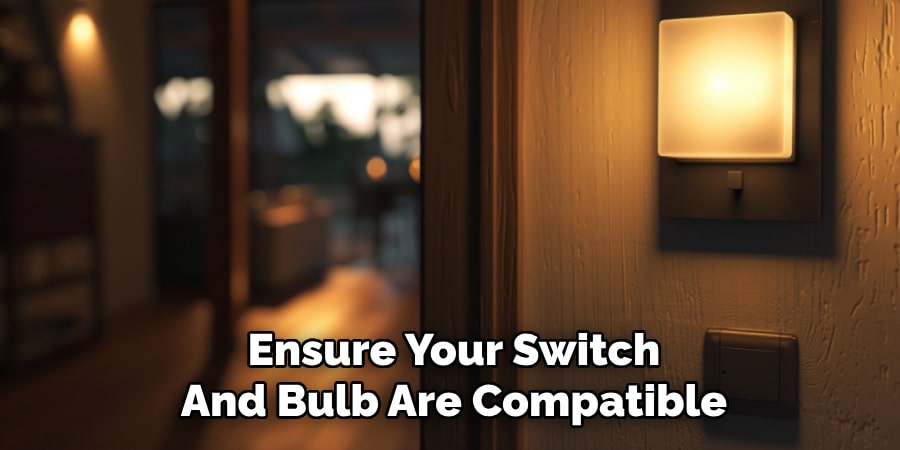
2. Flickering or Unresponsive Lights
- Some LEDs don’t draw enough power. Install a bypass capacitor at the light fixture.
- Ensure your switch and bulb are compatible.
3. Wi-Fi or Connectivity Issues
- Make sure your switch is within range of your router.
- Try restarting the switch and the smart home app.
- Check for firmware updates in the app.
Frequently Asked Questions
Q: Can I install a smart light switch without a neutral wire?
Ans: Yes, some smart switches are specifically designed to work without a neutral wire. These typically use a different method of drawing power, often through the ground wire or using a small amount of current through the load wire.
Q: Is it safe to install a smart switch without a neutral wire?
Ans: It can be safe as long as you follow the manufacturer’s installation instructions and your home’s wiring is properly grounded.
Q: What if my home doesn’t have a ground wire either?
Ans: If both the neutral and ground wires are missing, it’s best to consult a licensed electrician. Using a switch that relies on grounding for power without a ground wire can be dangerous.
Q: Can I use a bypass or dummy load for no-neutral smart switches?
Ans: Yes, some installations might require a bypass (dummy load) to help regulate power flow and prevent flickering, especially when using LED bulbs.
Q: Can I control a no-neutral smart switch remotely?
Ans: Absolutely. Most no-neutral smart switches offer remote control via a smartphone app and can be integrated with smart home systems like Alexa, Google Assistant, or Apple HomeKit.
Conclusion
Installing a smart light switch without a neutral wire may seem complicated, but with the right switch and a little care, it’s absolutely doable. You’ve now learned how to check your wiring, pick the right switch, and install it step-by-step.
Smart lighting offers incredible convenience and energy efficiency. Whether you’re looking to control lights remotely or set up voice control, a no-neutral smart switch can help bring your home into the future—without costly rewiring.
Just remember: safety first. If you’re ever in doubt, it’s always best to call a professional.
